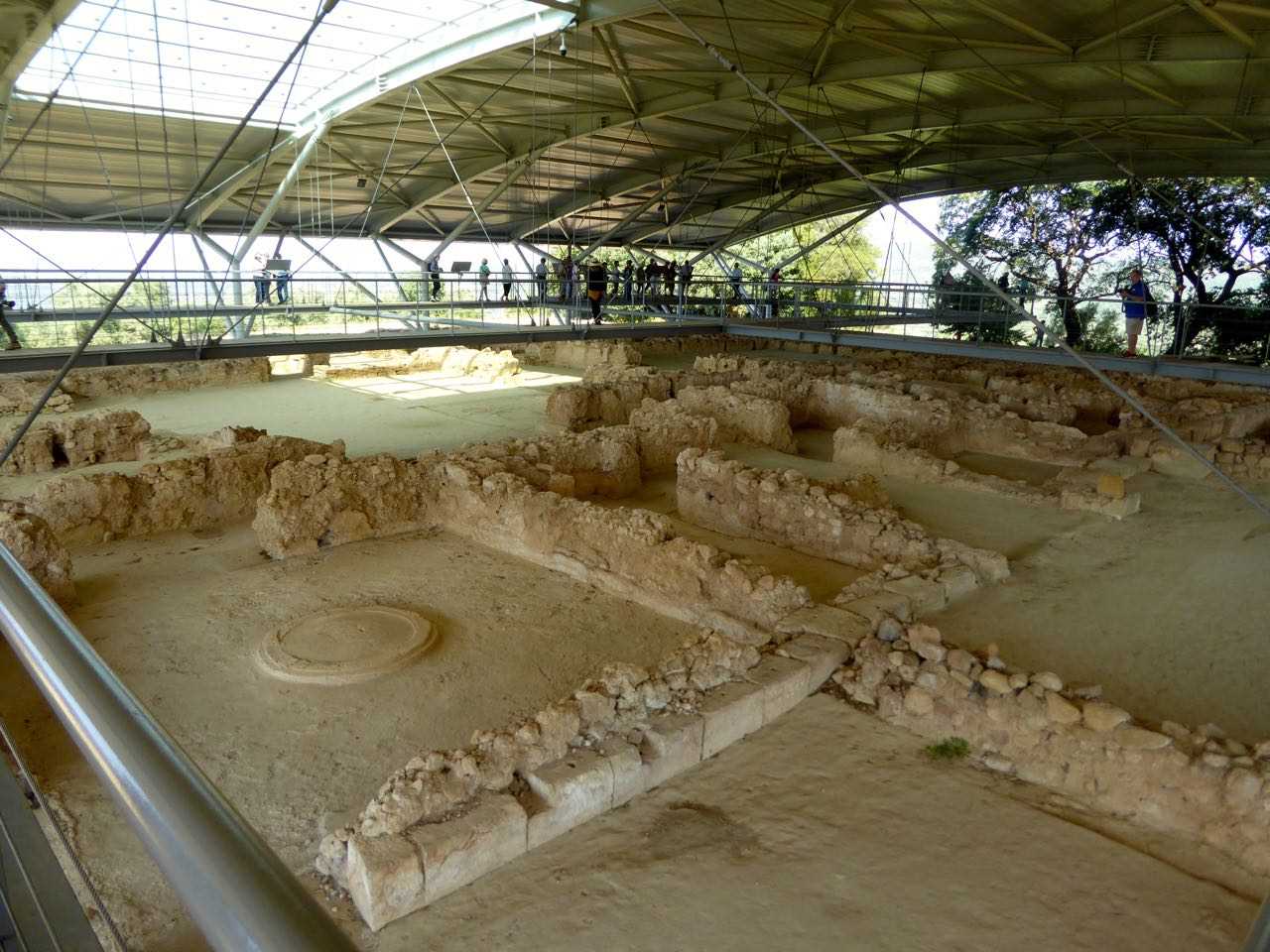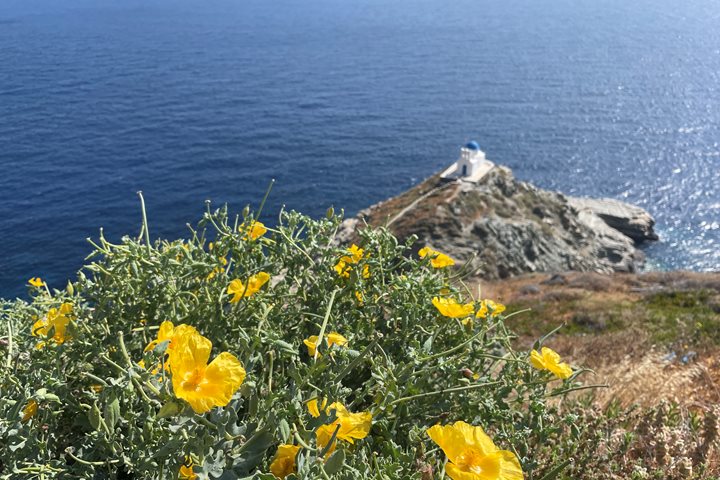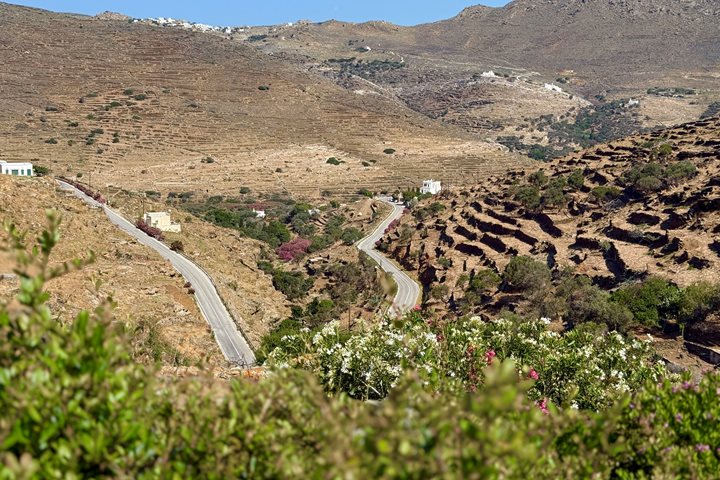Pylos is a place whose origins are to be sought in the mists of time. A place where history intertwines with myth, a place with more than its share of turbulent and tragic battles and sieges over the past 2,500 years.
According to Homer, this southwestern region of the Peloponnese was once governed by the sage and benevolent King Nestor, who lived atop a hill in a mighty citadel. After a 15-km trip along a country road that wound through olive groves, we arrived at Nestor’s Palace. Now housed beneath a spectacular new shelter complete with suspended walkways that allow visitors to walk over the ancient stone and brick walls, our guides took us around the four main buildings of the complex. For the most part we were looking down into the Main Palace where the center of the throne room is dominated by a huge megaron. We saw the small archive room where archaeologists unearthed more than 1,200 Linear B tablets, storerooms filled with thousands of drinking cups, workshops, olive oil storage rooms, a bathroom with a clay tub, light-wells, private apartments and a staircase that once lead to the now destroyed upper levels. We learned that the walls were once covered with beautiful frescoes, and that huge wooden columns held up the upper stories of the palace and framed the entrances.
After our tour of the palace we walked over to one of the four small tholos tombs and met Dr. Sharon Stocker from the University of Cincinnati Classics Department, who directs the excavations at the site. She shared with us the excitement of excavating the Griffon Warrior tomb in 2015, arguably the most significant monument to be discovered in Greece in many decades. Answering endless questions from our guests, she reveled details of the ongoing analysis of the young male occupant of the grave and the significance of many of 1,500 seals, weapons, jewels, golden cups and ivory combs that he was carrying with him into the afterlife.
After lunch we walked up to Neokastra, the opposing Ottoman fortress that guards the southern entrance to Bay of Navarino. Inside the walls was an oasis of pine trees and oleanders, while huge clumps of flowering caper plants cascaded down the walls of the inner bastions. 200 years ago this was the scene of a bloody siege and massacre of Greek patriots, just one of many such battles that took place in the bay over the past 2,500 years.
The new four-month old regional archaeological museum that is now housed in one of the 18th century buildings just inside the gates of the Neokastra was and unexpected treat. Its 21st century displays of ancient glass, jewelry, bronze and marble statues and fine ceramics from Mycenaean tombs, villages and a nearby Roman cemetery was absolutely outstanding!
As we weighed anchor and the sun started to set, pianist Gaynor Trammer took to the keys playing traditional Greek folk tunes to accompany our Greek buffet. As if our day was not full enough, the setting sun marked the arrival of the singing group Sea Cloud Shanty Gang. We all joined in a spirited sing-a-long and more than one guest went off to bed humming “What do you do with a Drunken Sailor”!







